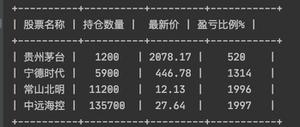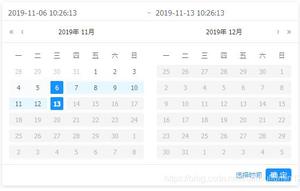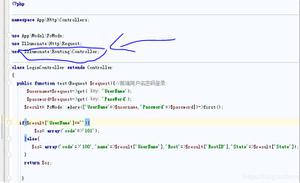在 Python 中获取矩阵的第 N 列
当需要获取矩阵的第 'n' 列时,可以使用 'any' 方法。
以下是相同的演示 -
示例
my_list = [[34, 67, 89], [16, 27, 86], [48, 30, 0]]输出结果print("名单是: ")
print(my_list)
N = 1
print("The value of N has been initialized to -")
print(N)
elem = 30
my_result = any(sub[N] == elem for sub in my_list)
print("Does the element exist in a particular column ? ")
print(my_result)
名单是:[[34, 67, 89], [16, 27, 86], [48, 30, 0]]
The value of N has been initialized to -
1
Does the element exist in a particular column ?
True
解释
定义了一个列表列表,并显示在控制台上。
N 的值被初始化。
这显示在控制台上。
elem 变量被分配一个整数值。
any 方法用于查看列表中的任何元素是否与之前定义的 elem 变量匹配。
结果存储在一个变量中。
这在控制台上显示为输出。
以上是 在 Python 中获取矩阵的第 N 列 的全部内容, 来源链接: utcz.com/z/327549.html





